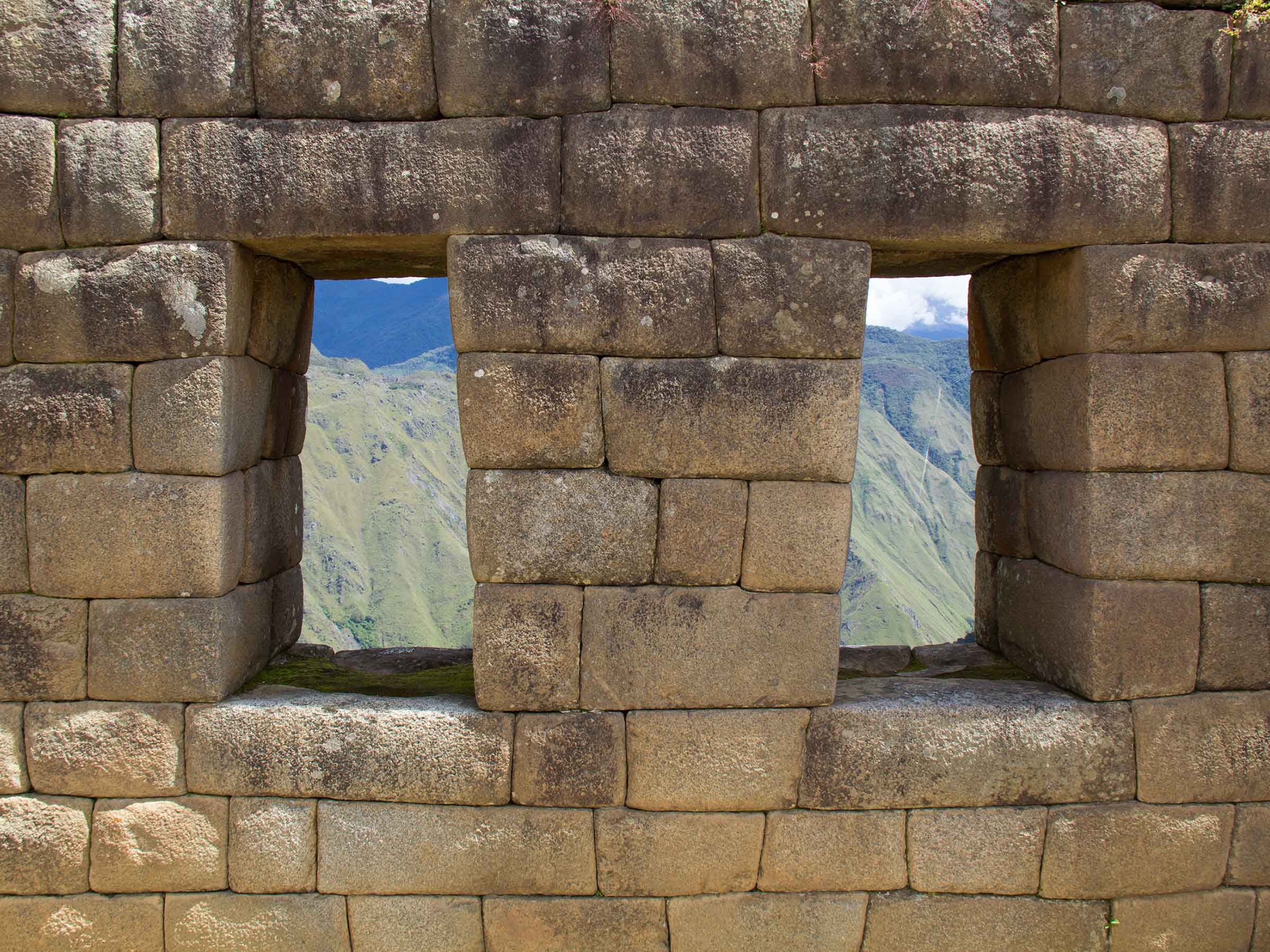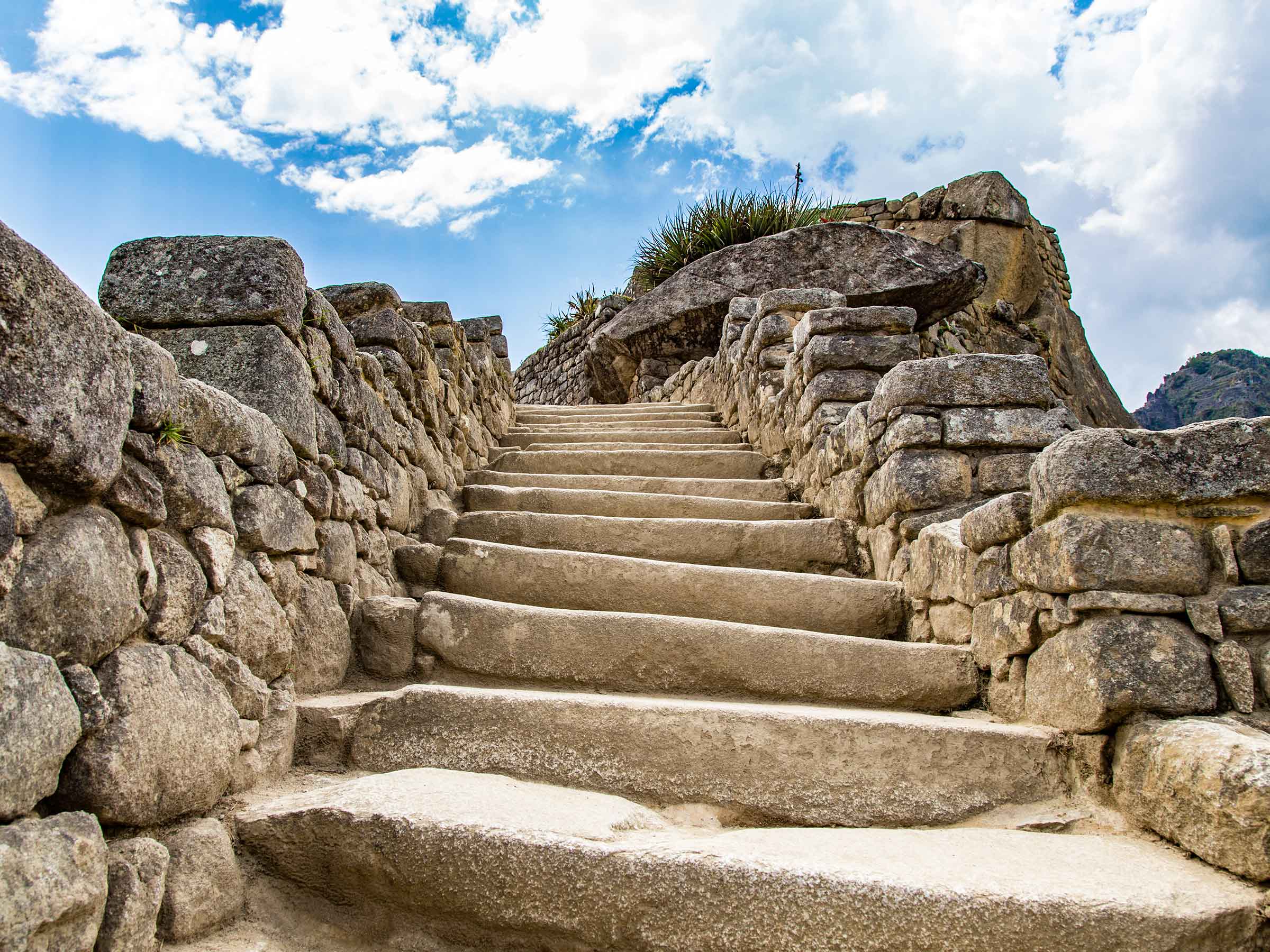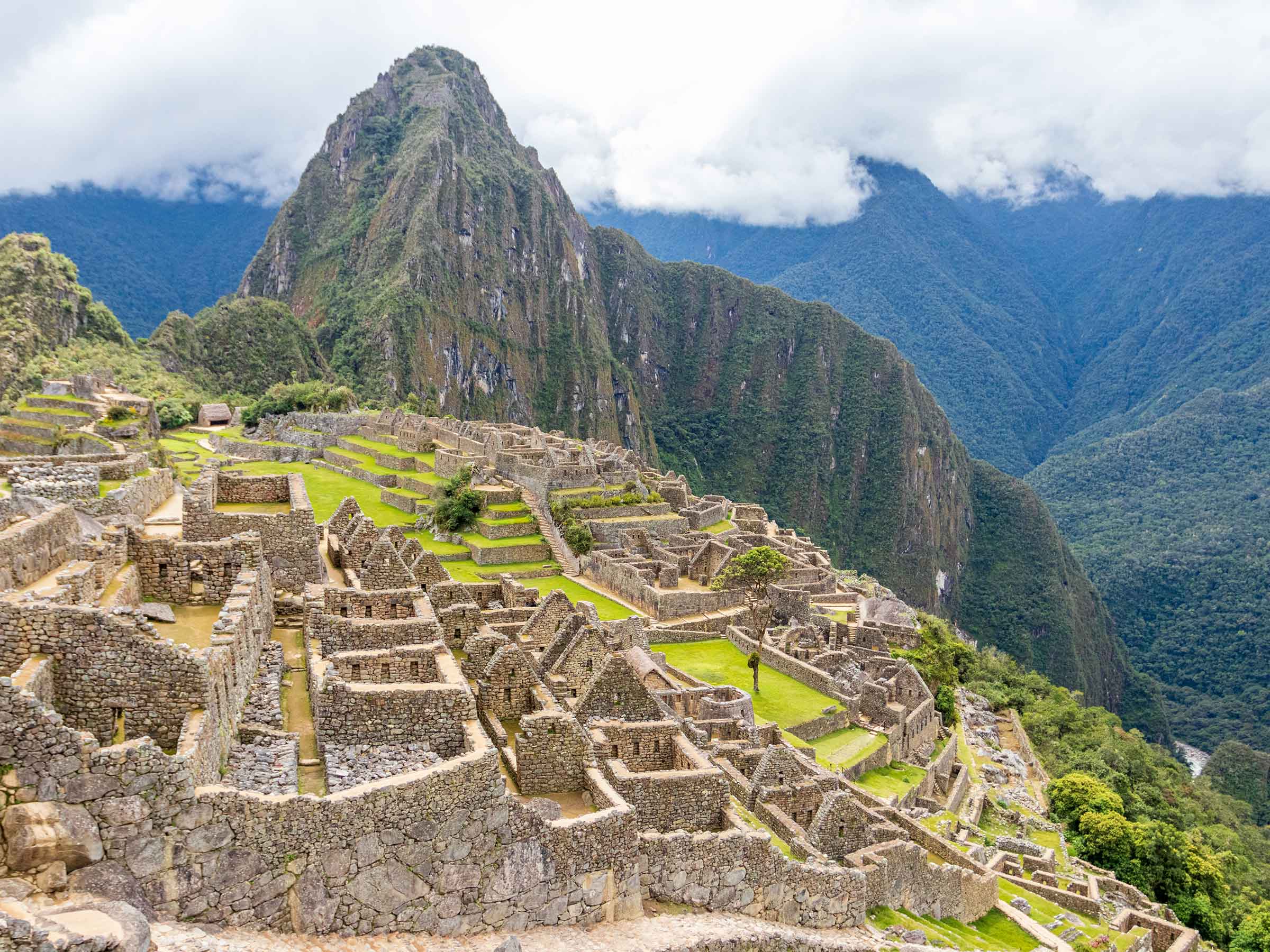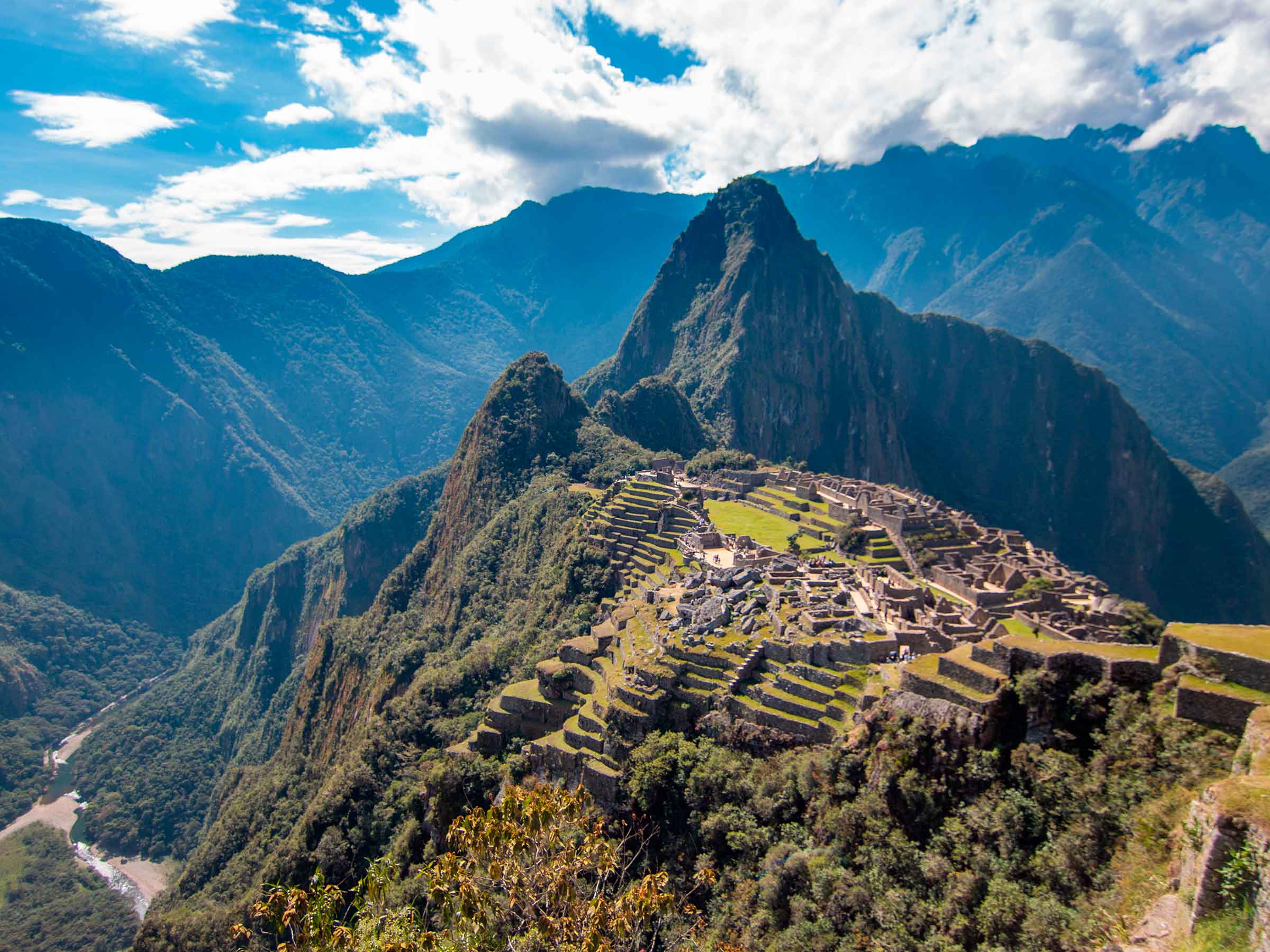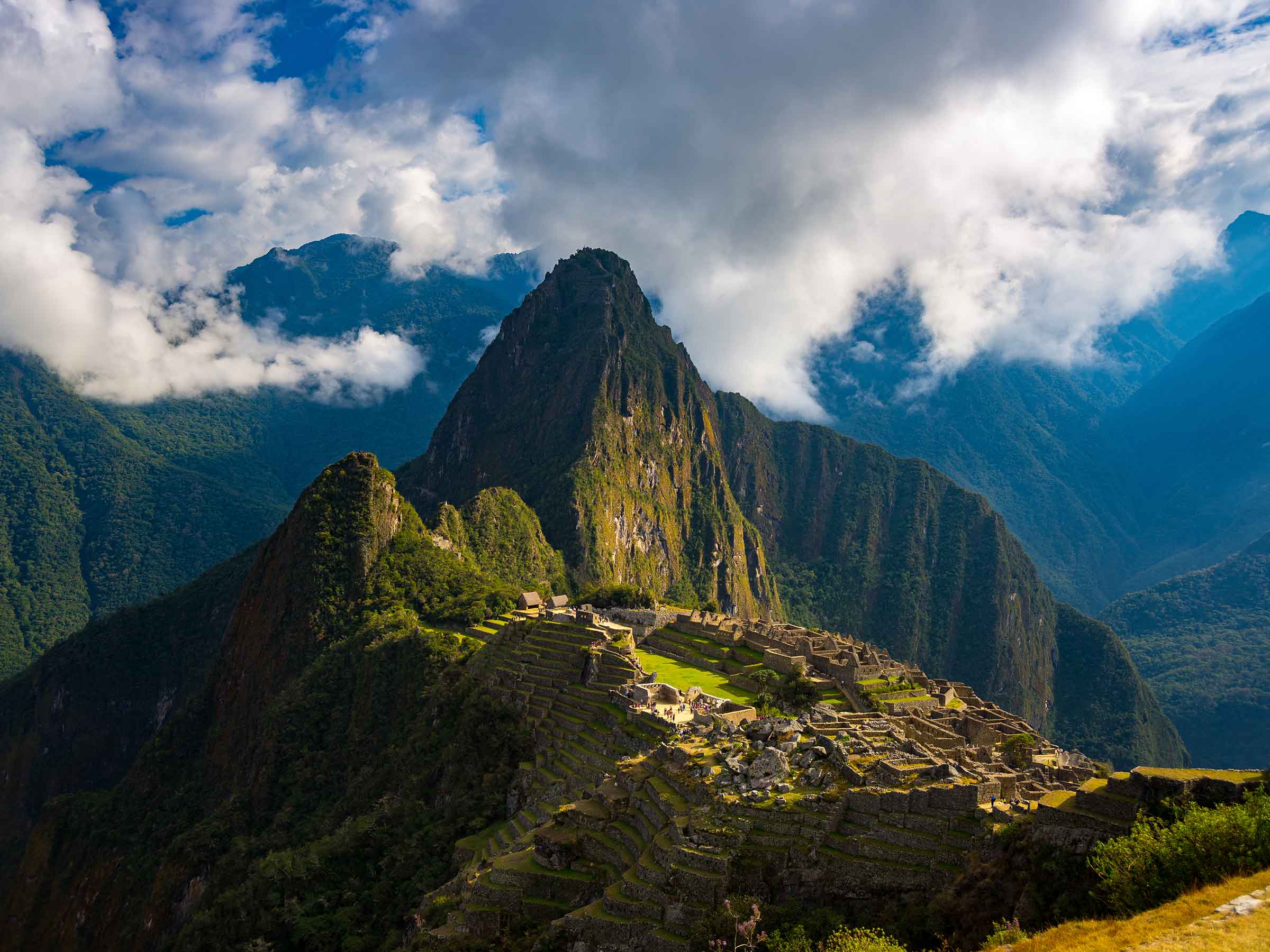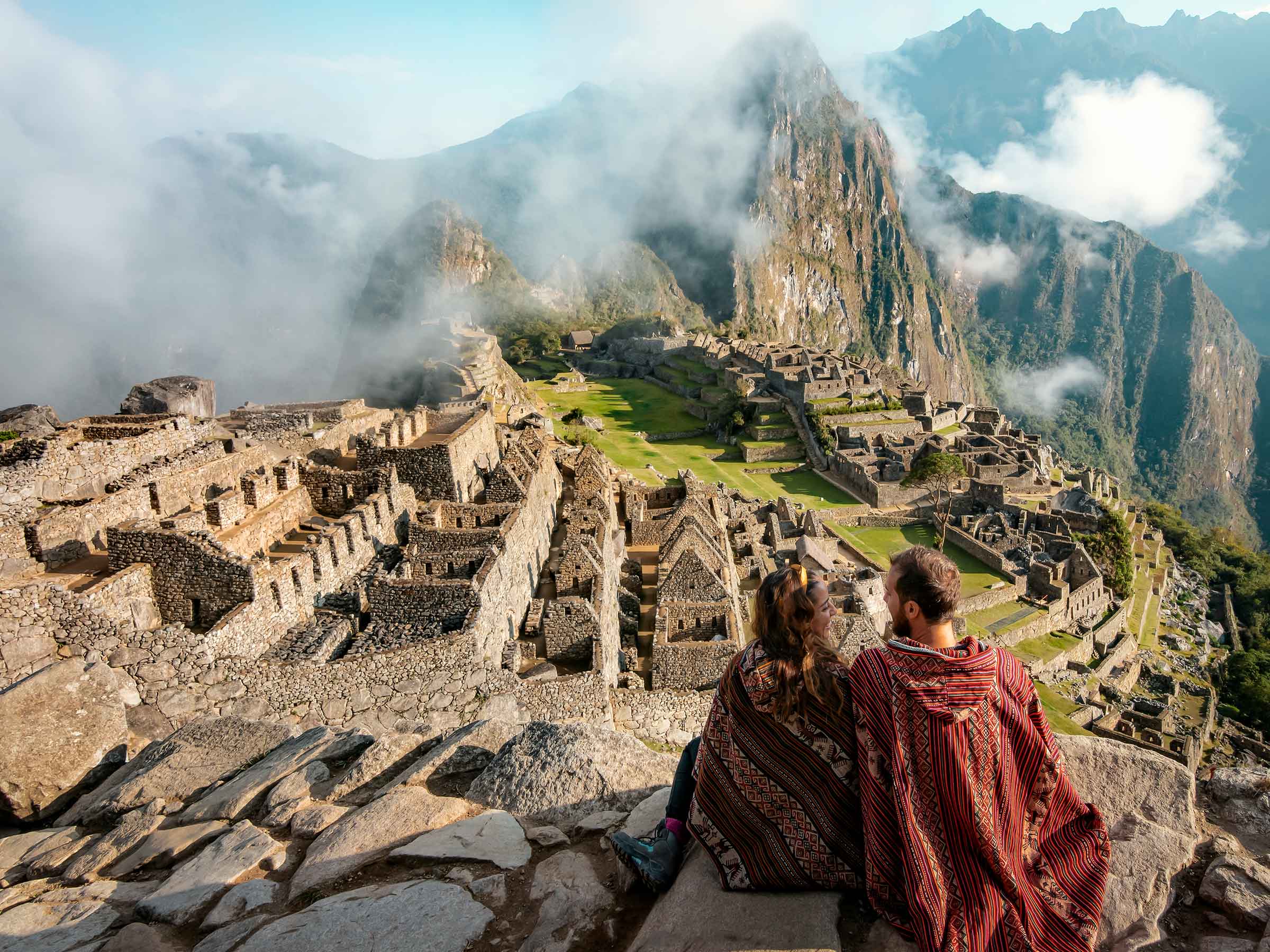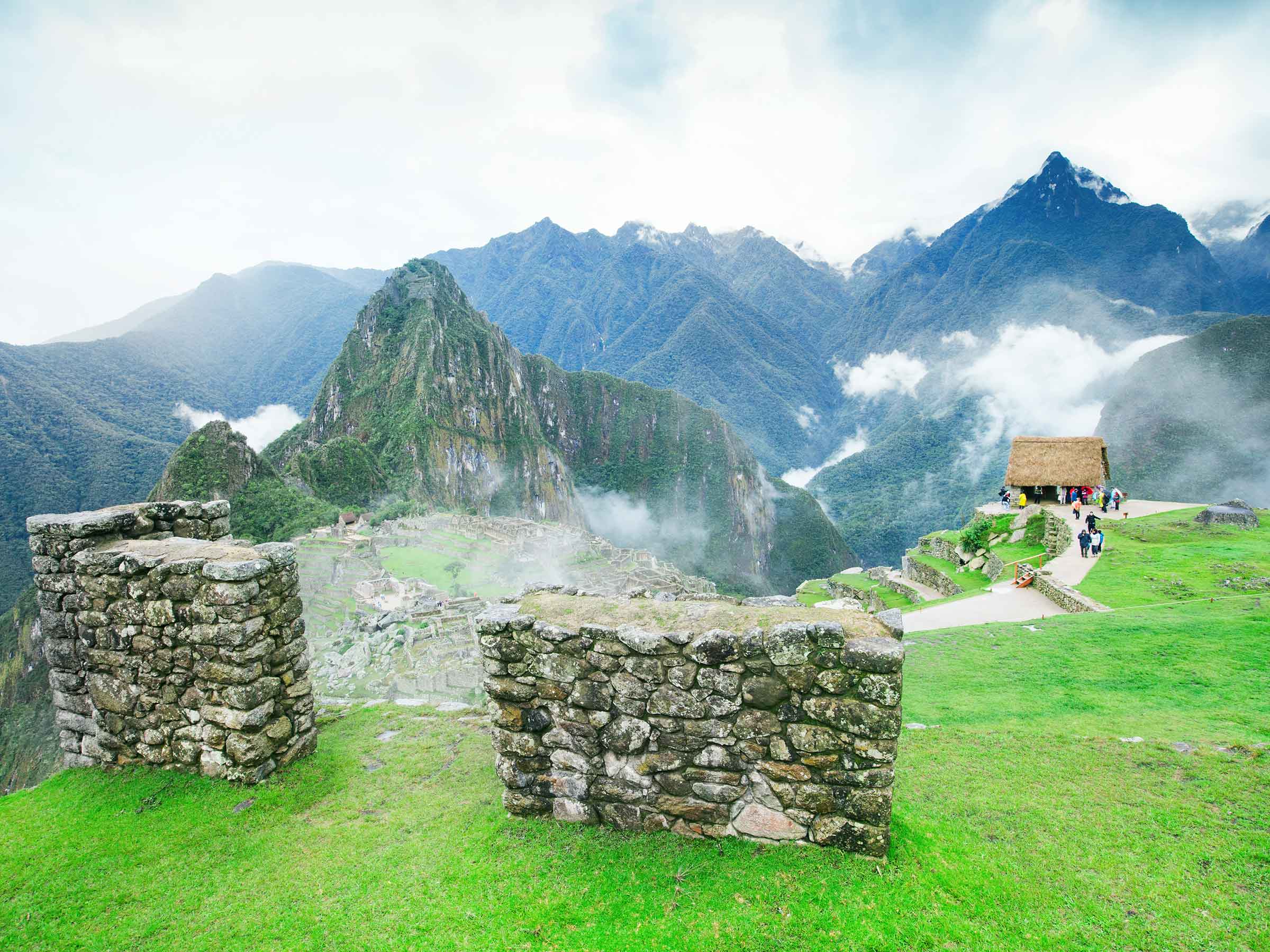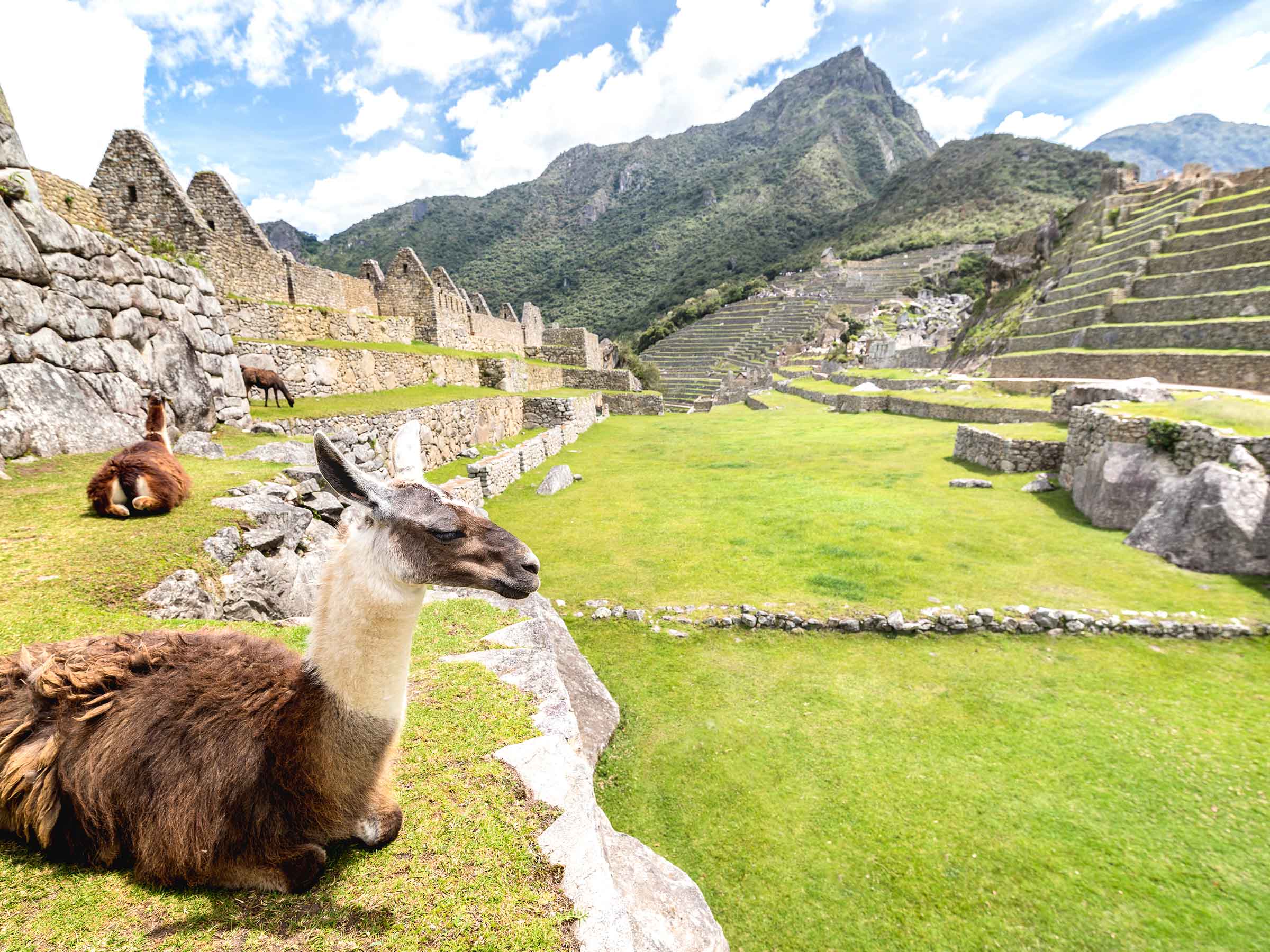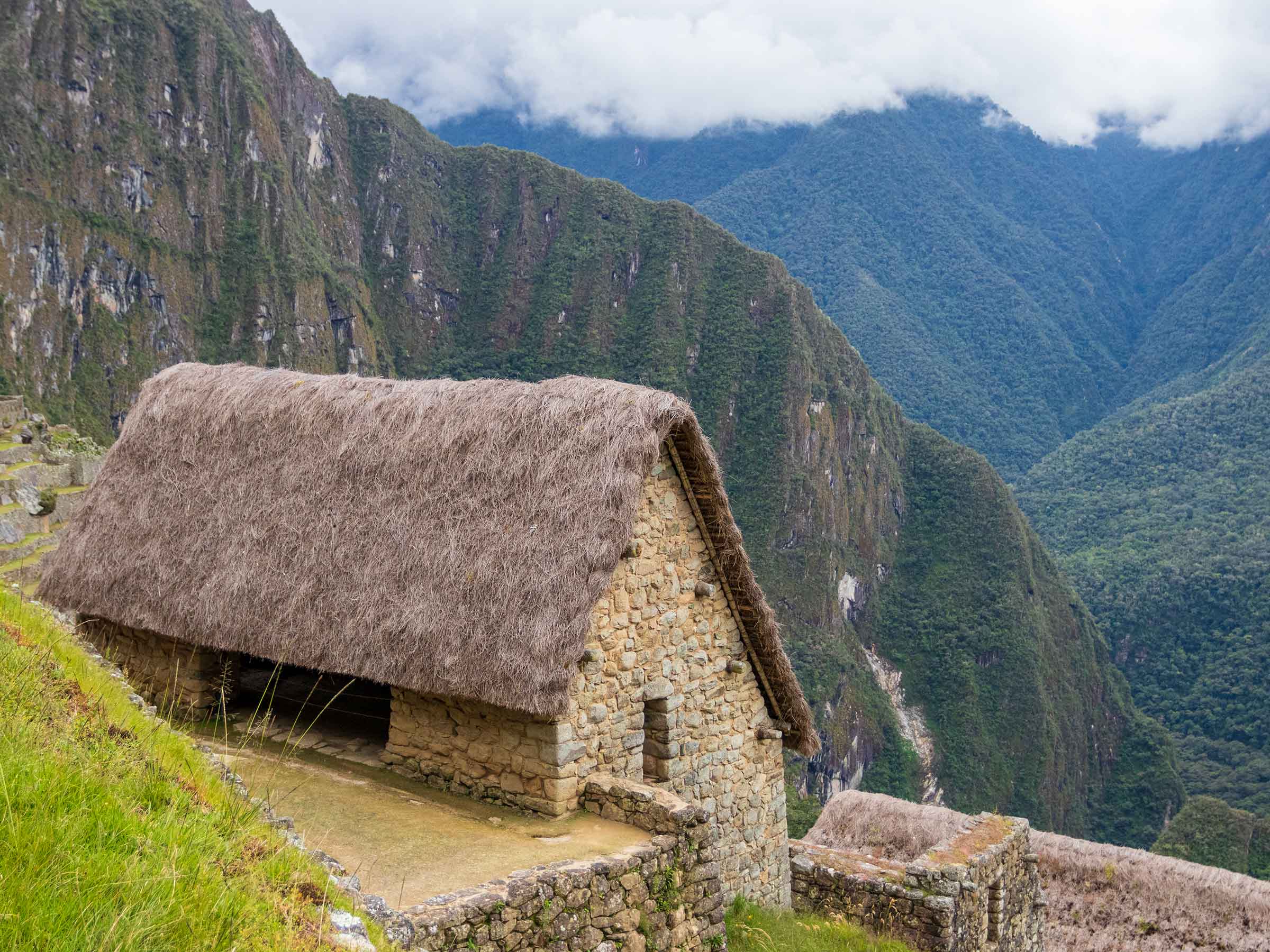No products in the cart.
Merry Christmas from Cusco!
As the holiday season rolls in, we here at [Your Travel Agency Name] want to send you some warm Christmas vibes all the way from the heart of Peru – Cusco! Whether you’re dreaming of exploring ancient Inca ruins, soaking in vibrant local culture, or just chilling in a beautiful mountain town, Cusco has got something special for your festive getaway.
Why Celebrate Christmas in Cusco?
Unique Festive Vibes
Christmas in Cusco is unlike anywhere else. The city lights up with colorful decorations, and the streets are buzzing with festive cheer. Imagine celebrating with a backdrop of stunning colonial architecture and snow-capped Andes – pretty cool, right?
Blend of Traditions
Cusco beautifully blends traditional Peruvian customs with Christmas festivities. You’ll see locals enjoying Misa de Gallo (Midnight Mass), indulging in delicious Peruvian treats, and maybe even dancing to some live music. It’s a great way to experience both Christmas and Peruvian culture at the same time!
What to Do During Christmas in Cusco
Explore the Festive Markets
Take a stroll through the San Pedro Market and soak in the holiday spirit. You’ll find everything from handmade crafts to tasty street food. It’s the perfect place to pick up unique Christmas gifts and souvenirs while enjoying the lively atmosphere.
Visit Plaza de Armas
The Plaza de Armas is the heart of Cusco, and during Christmas, it’s decked out with lights and decorations. Grab a cup of hot chocolate, sit by the fountain, and enjoy the festive ambiance. It’s a great spot for some holiday photos too!
Enjoy a Traditional Peruvian Christmas Dinner
Treat yourself to a Nochebuena (Christmas Eve) dinner at one of Cusco’s amazing restaurants. Try dishes like Pachamanca (a traditional meat and vegetable dish cooked in the earth), Tamales, or Panetón (a sweet bread similar to fruitcake). Yum!
Tips for a Merry Christmas in Cusco
Book Early
Christmas is a popular time to visit Cusco, so make sure to book your flights, trains, and accommodations early. This way, you can snag the best deals and secure your spot without any last-minute stress.
Dress in Layers
The weather can get chilly, especially in the evenings. Pack warm layers like sweaters, jackets, and scarves to stay cozy while you explore the city and enjoy outdoor festivities.
Embrace the Local Culture
Take the time to learn a few Spanish phrases and respect local customs. It’ll make your experience richer and help you connect with the friendly locals who make Cusco so special.
From Our Family to Yours
Here at [Your Travel Agency Name], we’re all about creating unforgettable travel experiences. Whether you’re planning a Christmas trip to Cusco or dreaming of other adventures, we’re here to help you every step of the way. From booking your flights to arranging guided tours, we’ve got you covered.
Final Wishes
We hope your Christmas is filled with joy, laughter, and amazing memories. If Cusco is on your holiday wishlist, don’t hesitate to reach out to us. Let’s make your festive dreams come true together!
Wrap It Up
Merry Christmas from beautiful Cusco! 🎄✨ May your holidays be as bright and vibrant as this incredible city. Safe travels, happy holidays, and see you soon in Peru!
Feliz Navidad y próspero Año Nuevo!
Warmest wishes,


